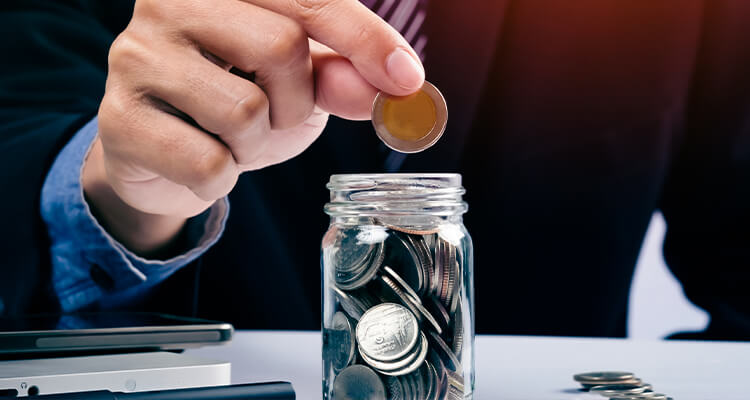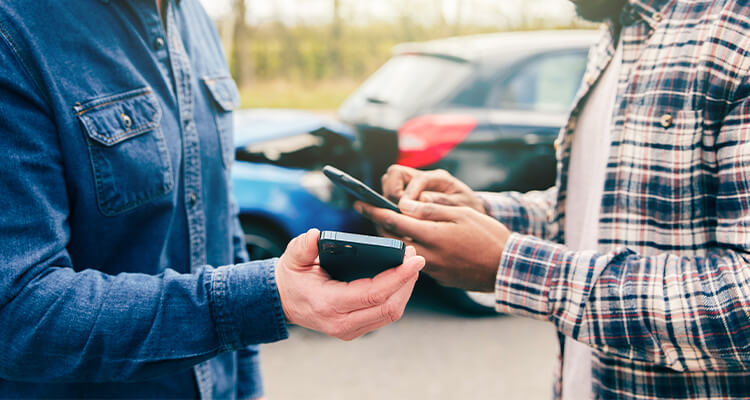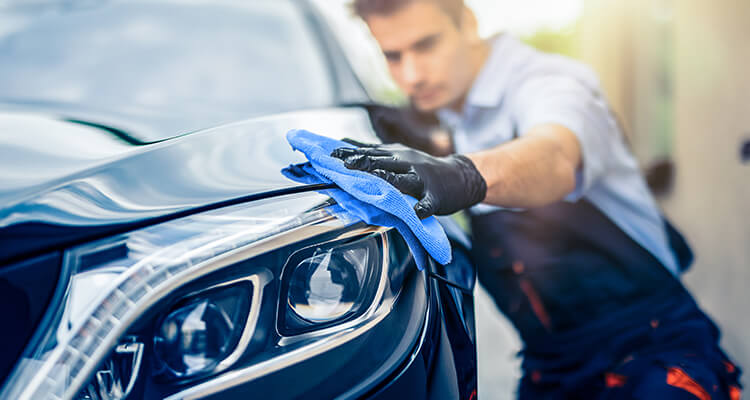Find out how you can drive more economically and discover that it is not only up to the car to be economical – it is also up to the driver.
“I think there must be something wrong with my car – it’s guzzling petrol, and yet they told me when I bought the car, it was going to be economical to drive.”
It’s good to find out how we can drive more economically, and come to the realisation that it is not altogether up to the car to be economical – it is also up to the driver.
“Ouch!” is what comes to the mind of some motorists these days, when they have just filled up the car with either petrol or diesel. The price of fuel in South Africa has been climbing. For instance in August 2010, 93 octane petrol cost R8.02 per litre. Now seven years later, in August 2017, 93 octane petrol costs R12.82 per litre. That is a whopping 160% increase in price!
This certainly motivates us to look at a few tips on how we can make the car go further on those expensive litres of fuel.
Just slow down and enjoy the journey
Drivers everywhere seem to always go so fast as if they are about to catch a plane! If each driver had to seriously examine the motivation behind their speeding, it would probably have no foundation.
It’s a fact that the faster you drive, the more fuel you use. So for starters, sticking to the speed limit will help you be more economical. In addition, besides the fuel you will be saving, it will also make the road a safer place.
At what speed do you save the most petrol?
There is not only a particular speed at which the least fuel is used, but also for each vehicle type there is an optimum speed range. Let us look at a 1.4 litre car for an example, where there are four different fuel consumption ranges:
- BELOW 30 KM/HR. Fuel consumption is quite high (8 L/100 km) at speeds below 30 km/hr. This is typical of city driving, with stopping and starting at traffic lights, for example. Cars just idling in congested traffic will use extra fuel, but some modern cars automatically switch off the engine now in order to save fuel.
- BETWEEN 30 – 55 KM/HR. The fuel consumption continues to drop from the high fuel consumption at the lower speed. This speed range occurs in semi-urban or rural areas.
- BETWEEN 55 – 80 KM/HR. For this particular car type, this is the optimum fuel consumption range, which is about 6 L/100 km. This speed range would be typical of rural areas or even highway driving. The graph for this speed range is quite flat so the car travelling at 80 km/hr will still consume about the same amount of fuel as when it travels at 55 km/hr.
- BETWEEN 80 – 120 KM/HR. In this range, the fuel consumption one again increases with the increasing speed. This range is typical of highways. Although a car travelling at 80 km/hr will have saved one L of fuel over a 100 km distance compared to a car travelling at 120 km/hr. This makes you think – is it really necessary to sometimes go so fast?
One must remember that the above figures would be obtained under ideal conditions. What can still influence these consumption rates are factors such as the condition of the engine, air resistance, the way the motorist drives the car, road conditions, tyre pressure, and so on.
Why avoid revving the car?
To make tyres screech may look impressive to some, but that kind of driver behaviour uses a lot of fuel. In an automatic car, you should gently accelerate. In manual cars, you need to change down a gear if you are going to accelerate. Vigorously accelerating a car, and then suddenly braking wastes a lot of fuel.
Go with the slow flow
When you are in bumper-to-bumper traffic, the pace of traffic fluctuates – it picks up a bit and then slows down and stops, and then starts again. It is much better to keep some distance between your car and the one in front of you, and maintain a slow constant speed, rather than having to speed up, stop, start again and so on. By keeping this distance, it will mean that by the time you reach the stationary car in front of you, it will move off again, without you having to stop at all.
Do you really need such a big car?
When looking for a new car, make sure you are choosing one that suits your needs. Do you really need such a huge car? Remember, the smaller the car, the less the fuel that it will typically use. One can also consider buying a “hybrid” car, which saves substantial amounts of fuel. At the end of the day, having a small car is a great way to save fuel.
Those fancy wide tyres can cost you
New wheels and tyres may look fancy on your car, and possibly increase the road-handling ability of your car, but they could cost you extra fuel. Extra wide tyres provide more resistance and friction as they roll over the road surface. The car’s standard tyres should rather be used as they are designed to provide the best fuel consumption for your car, especially on long trips.
The importance of tyre pressure
If you are after saving fuel, one of the biggest favours you can do for yourself is to regularly check the tyre pressures. Tyres lose a bit of air (about 0.1 bar) every month, and also the pressure drops as the outside temperature drops. Having under-inflated tyres is like running in loose beach sand as opposed to running on a hard surface. Under-inflated tyres have a more flattened shape and offer more resistance as they roll on the road. The greater the tyre resistance means the greater the fuel consumption, as the car tries to stay at the same speed. Greater resistance also means that the tyres will be wearing away incorrectly, and that will cost you.
Always remember to test tyres when they are cold as any long distance driving on them will have warmed them up. Warm tyres can give an inaccurate tyre pressure reading. Check the owner’s manual for the correct tyre pressures. There is no point over-inflating tyres to minimise the road friction. The reason is that the shape of the tyre has changed again, but this time there is too little contact between the tyre and the road. This affects not only the road-holding ability of the tyre, but also causes unacceptable wear on the tyre itself.
Replace the air filter regularly
The reason why you should replace air filters regularly is that dirty air filters provide a resistance to the air flow that is needed to keep the engine run optimally. This then causes higher fuel consumption.
Air conditioners
Air conditioners in older cars can use about an extra 10% of fuel, so bear this in mind when you think you really need to switch on the air “con”. Think twice about rolling down the windows, because when you go faster than 80 km/hr, the air resistance caused will increase the fuel consumption. Rather roll up the windows and use the air con in these instances. Newer cars are made to have more efficient air conditioning systems.
Minimising drag produced by your car
Make sure that there is no unnecessary drag produced by your car, such as a roof rack, and bicycle rack. Rather remove them when not using them, as the extra friction caused while you travel on the high way will cost you extra fuel. Now you know how to save money on fuel.
What about saving money on car insurance too? You can get a car insurance quote online here.
Sources:








